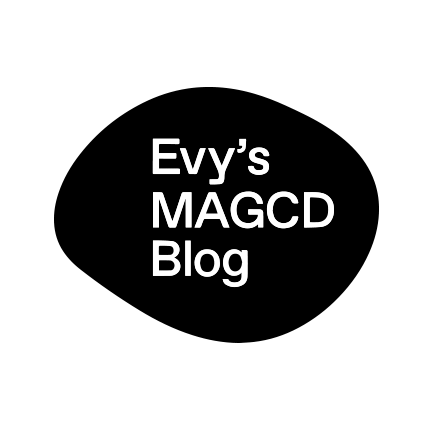On my last tutorial, my tutor recommended The Shallows by Nicholas Carr. This is a really thought provoking read that aligns to my interest in dematerialisation but from a more focused point of view, applied to the way dematerialisation affects the way we read, write and learn. The book formulates some really deep questions about the impact of technology in the integrity or reading and learning, and challenges us to think about the consequences of transitioning between mediums and contexts.
The author presents a very clear point of view which I find informative. One where the replacement of material for digital interfaces has a negative effect in the way we interact with literary reading and other types of cognitive interactions. Nevertheless, I prefer to remain sceptical about condemning technology altogether as detrimental to human cognition, and rather approach the subject with curiosity and eagerness to test assumptions. Below I will discuss some of the core ideas I extrapolated from the book in relation to my enquiry:
Language as a Vessel of Thought
In the book, the author observes that language, as the primary expression for conscious thought, goes through profound changes with evolving technologies. This makes me consider how the actual medium is an expression of the message, and wonder, how can the medium be subverted, intervened, and studied in order to shape the message in a time of continuous dematerialisation.
From print to screen
The transition from printed pages to screens means more than just a change in medium. It’s a shift in how we interact with content. Scrolling and clicking through web documents engage different senses compared to holding a physical book. As Anne Mangen notes, reading is a multi-sensory experience. This understanding prompts me to reflect on how graphic design can tap into these sensory elements to enhance the reading experience.
Hypertext
Hypertext introduces a non-linear approach to information presentation, challenging conventional reading patterns. The interplay between hypertext and design creates exciting opportunities for developing new ways of reading, thinking and understanding information.
The Ever-Changing Publishing Paradigm
The concept of ongoing publishing in the digital realm blurs the lines between finality and fluidity. This prompts me to consider how we can adapt and explore this ever-evolving landscape.
–
In a world where the boundaries between mediums are constantly evolving, there’s an incredible opportunity to explore knowledge production through medium translation. As a graphic designer working in the intersection of academic and commercial practice, I find Carr’s insights really powerful and timely. This reference has helped me to look at my enquiry from a fresh perspective, and to consider the bigger picture, and the responsibility we have as designers in the shaping of the long lasting development of “language as a vessel of thought”.

